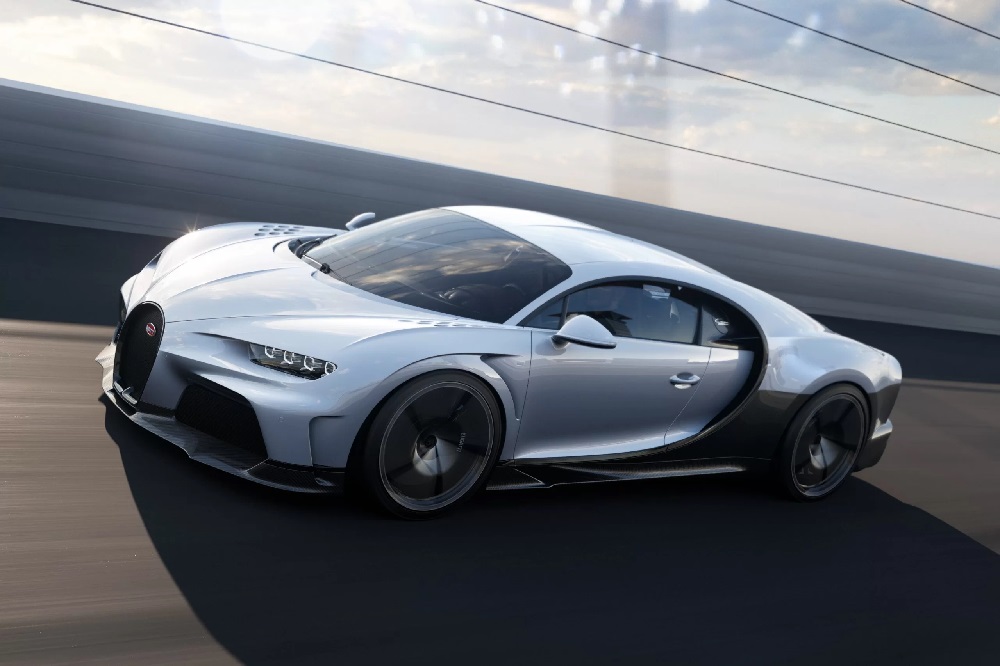There are many components in a car. But every car needs these four things to function properly. In particular, they are:
1 chassis
- engine
- transmissions system
- the body
In addition to these four primary components, a car also has a variety of controls and optional extras. Find more about auto parts
1. The Chassis.
The chassis includes the transmission, clutch, gearbox, propeller shaft, axles, control system, brakes, steering, and suspension. It’s a car without a body,
An automobile’s chassis is the structure that houses the suspension, axles, and wheels. Standard or unit-built chassis are available.
standard chassis:
The chassis frame is the main structural component. It supports the engine, gearbox, and body. Springs support the axles and wheels. The frame transfers engine, transmission, accelerating, and braking torques to the vehicle and its passengers.
unit construction type:
The unit building has no framework. After building the car’s body, the engine, gearbox, and other parts are fitted.
2. The Engine.
The engine provides the propulsion for a car. Cars can’t drive without engines.
Two options are in Today’s vehicles that use internal combustion engines that Petrol-powered spark-ignition engines and Diesel compression-ignition engines are another option.
Using multi-cylinder engines. Despite its power, a single-cylinder engine may be too heavy to use. A multi-cylinder engine may weigh less if each cylinder produces less power. Consequently, an engine may be cooled in either air or water. Recently developed cooling chemicals are more stable and Reduce friction by regularly lubricating the engine’s working parts.
3. The Transmission System.
Engine power is transferred to the wheels through the transmission system. The engine’s output power is in the form of crankshaft rotation. Transmission system components vary and include a gearbox, propeller shaft, Clutch, axle, and differential are incorporated.
Each transmission system component performs its purpose.
- Clutch.
The clutch is near the crankshaft. It transfers rotational motion from one shaft to another “at will.”
- Gearbox.
Opposite to the clutch is the gearbox. Its gear train offers several gear ratios. The gearbox output shaft rotates at these ratios.
- Differential.
Following is the transmission’s differential. The differential rotates the propeller shaft at a 90-degree angle. The axle is tilted 90 degrees to the rotor shaft, making this necessary.
- Axle.
The next part of a gearbox is the axle. A ‘live’ axle is the one that gets energy from the motor. Split in two, literally.
4. The Body.
The practice of utilizing a distinct frame that the body structure is attached to has largely been eliminated, except for in the case of very large trucks.Advancements in the welding and sheet pressing procedures have made it feasible for contemporary cars to have incorporated construction. The component modules of the vehicle are secured to the body, which also serves as the chassis.Reducing the size and weight of the vehicle also results in a decrease in its price.
Control system:
In addition to the aforementioned four main parts, the car also has control systems and auxiliary components.
Automobiles rely heavily on their control systems, which regulate the vehicle’s speed and direction. Among them are;
- Steering control system
- Brake system



